|
https://ift.tt/2PgQ8jv
How to Research Buyer Personas for More Successful Marketing Campaigns https://ift.tt/2wm354i
In this article, you’ll learn how to research buyer personas to reveal preferences and behaviors that will help you deliver successful, targeted social media campaigns. 
How to Research Buyer Personas for More Successful Marketing Campaigns by Tom Bracher on Social Media Examiner.
How Researching Buyer Personas Improves Marketing CampaignsThe consumer conversations on and around social media, news, blogs, forums, and reviews provide valuable insights into the affinities of specific audiences, such as influencers they follow, sentiment around certain topics, and so on. You can use these findings to inform your campaigns and content planning. The key is understanding your audience before you start planning your campaigns. Insights gained from audience intelligence tools can be used as a foundation to connect with your audience at the right time, and with the right visuals and copy. Here’s how to better understand the behaviors, perceptions, and moments of a specific audience segment. #1: Clearly Describe Your Buyer Personas to Narrow Audience Segment ResearchStart by creating a buyer persona around what you already know about an audience’s behaviors. Use brand monitoring tools to help understand relevance, growth, and topics associated with your industry. Then apply your own hypotheses of how your audience will react to a piece of information. Clear buyer personas let you immediately narrow any search and save you from having to examine reams of irrelevant data for each campaign. For instance, suppose your gin brand wants to market a new gin product: a themed, affordable, yet trendy cocktail playing on the latest televised sporting event. You’re aware that the general audience for gin is broad, and you’re keen to isolate and segment your audience so you can tailor your marketing campaigns accordingly.
The hypothesis for your desired audience segment highlights age (24–28), location (city), time (weekend), preference, and behavior (trendy, stylish bars with friends and work colleagues). You can now focus your attention on researching the social behaviors, attitudes, and preferences of this particular audience segment to confirm whether the new gin product will go down well with them. Based on your findings, you’ll either adjust the absolute characteristics of their persona or create additional personas. #2: Reveal Audience Segment Behaviors and Preferences via Social MediaThe analytics provided by social media platforms, especially Twitter and Facebook, have become much more powerful. They also offer a decent amount of information about the audience you’re engaging on the channel. To illustrate, you can use Twitter Analytics to discover demographics, lifestyle, and consumer behavior of any audience segment to help verify your gin hypothesis. To open Twitter Analytics, navigate directly to https://analytics.twitter.com/, or click your profile photo and select Twitter Analytics from the drop-down menu. Then click the Audiences tab at the top of the page and select All Twitter Users from the Followers menu.
Next, you want to filter the audience data. Click in the Add More Filters field and select Millennials from the pop-up menu.
Now browse the demographics, lifestyle, and consumer behavior of Millennials to decide whether this audience has the characteristics of your buyer persona. Click the Lifestyle tab to see information on interests and preferred TV genres. You can see that 91% of this audience segment shows a preference for televised sports. That’s good news for a sports-themed gin cocktail.
Click the Consumer Behavior tab and you’ll see this audience segment has a preference for premium brands. Another point in favor of your gin product.
You can also reveal similar details about audience segments using Facebook Audience Insights.
When you’re satisfied with the social data you’ve gathered, the next step is to combine it with data from other sources. #3: Inform Campaign Planning With Trending Search DataUse free tools like Google Trends to analyze activity around specific trends and see how your social media findings stack up. For this example, a search for gin and cocktail in Google Trends over a 7-day period shows a consistent spike for the term gin as the weekend begins, with Friday and Saturday showing the highest volume. This data tells you the time of day at which “gin” and “cocktails” are popular search terms based on web search data, and can inform ad delivery and social posts.
Google Trends also shows you where gin has been searched for the most. This information offers further insight into the location of a primary target audience.
Now it’s time to put what you’ve learned to work. #4: Assess and Apply the DataLooking at the data snippets provided as an example, you can see that your buyer persona is valid: Millennials are fans of sports and drama on TV, and they also have a preference for premium brands. Web search data shows that gin and cocktails are popular terms on Fridays and weekends, and reveals sub-regions in which gin is searched for the most. You can use this research to inform social media marketing campaign decisions. Based on this data, your gin brand can be confident Millennials in the U.S. will engage with your sports-themed cocktail. Although when it comes to behavior, you may want to push something that’s a little more premium and less affordable. Use Studies, Stats, or Surveys to Correlate and Contextualize Findings What if you need to test whether your evaluations are fair? Let’s say your gin brand wants to contextualize some data you collected on demographics. You believe, based on a dataset, that gin is consumed more often in Europe. If you do a quick search on Statista, you’ll see relevant industry stats that support your belief that Europeans drink more gin than Americans.
If you’re having trouble locating statistics to contextualize your research, it might be worthwhile to conduct your own surveys. Using tools like SurveyMonkey or Google Surveys can help with overlaying your dataset and giving context to your research. Here are some tips for composing thought-provoking survey questions that aren’t biased by the question:
What do you think? Do you use some of these tactics to research buyer personas for your business? What are your favorite tools to use? Do you have any tips to offer? Please share your thoughts in the comments below. 
Social Media via Social Media Examiner https://ift.tt/1LtH18p August 29, 2018 at 05:05AM
0 Comments
Leave a Reply. |
�
Amazing WeightLossCategories
All
Archives
November 2020
|


 With this information in mind, you create the following hypothetical buyer persona:
With this information in mind, you create the following hypothetical buyer persona:
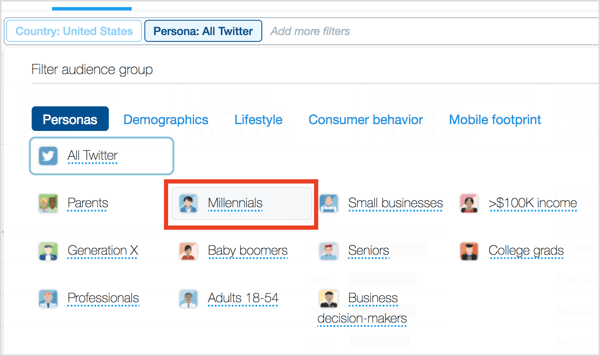
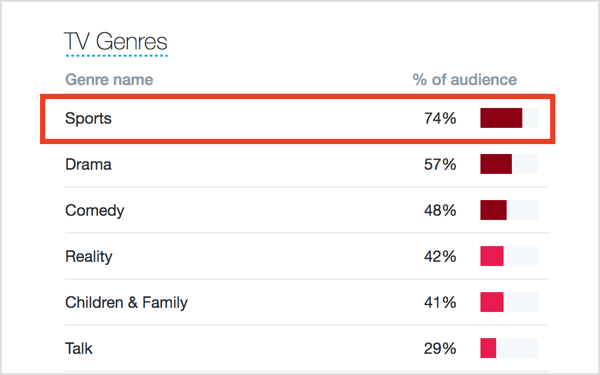
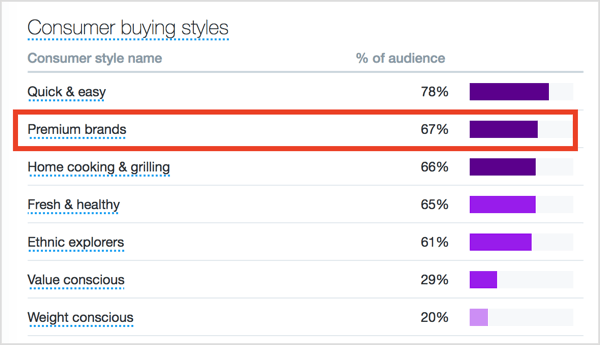
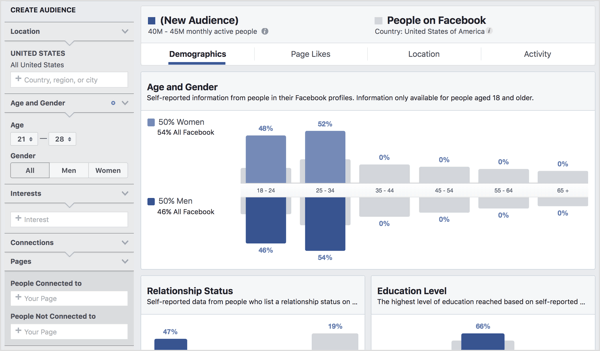

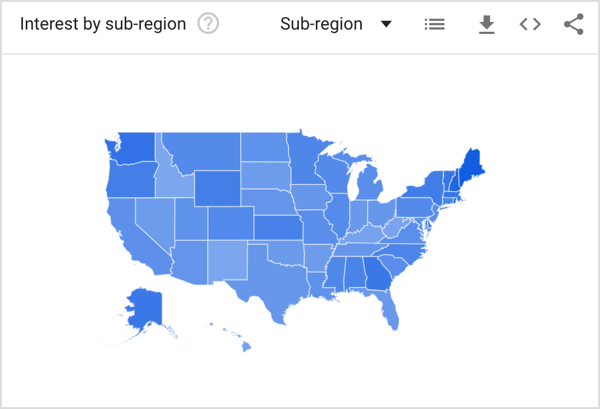
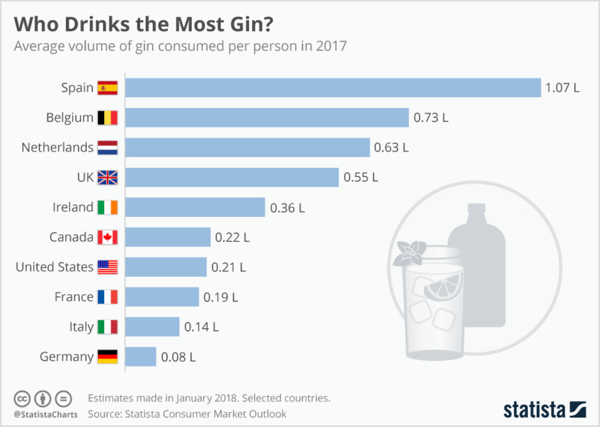

 RSS Feed
RSS Feed
